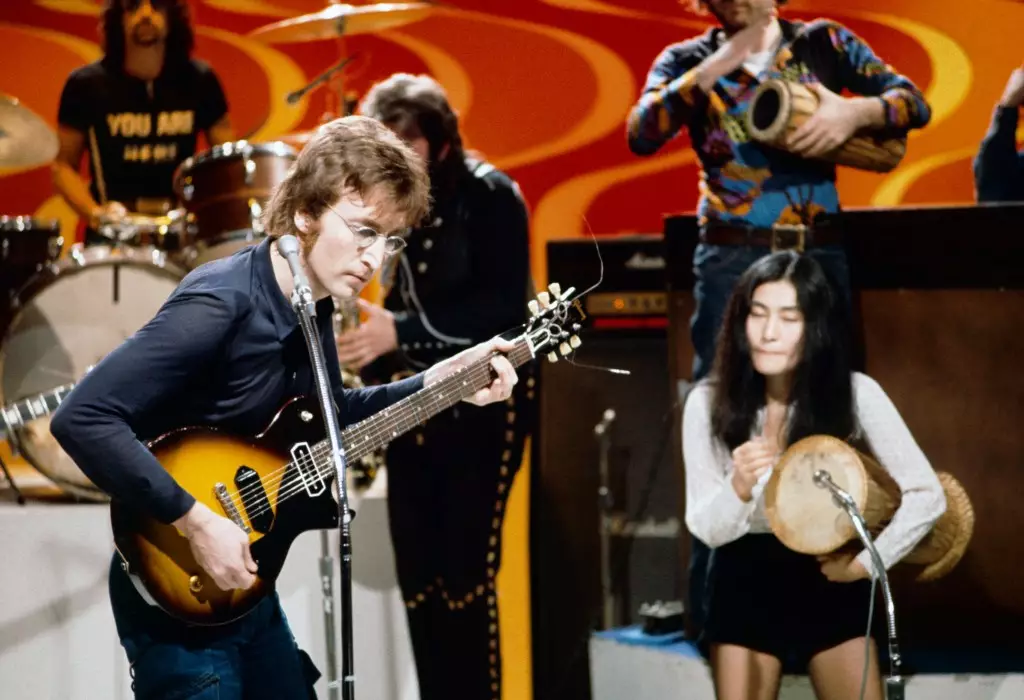The contemporary film landscape is a veritable buffet of artistic options, particularly for indie film enthusiasts. This past season has seen an unusual trend where a multitude of indie productions, usually limited by stringent releases, are experiencing widespread distribution. Audiences can enjoy an eclectic mix of films that stray from mainstream narratives, such as “Terrifier 3,” “My Hero Academia: You’re Next,” and various documentaries, while few select limited releases aim to attract niche markets.
Currently, independent cinema finds itself in a rare position where numerous highly-anticipated films are available to the mass audience. Unlike the traditional model where indie films often trickle out slowly, this exciting phase boasts a robust lineup that not only appeals to indie loyalists but also intrigues mainstream attendees. Among the heavyweights on offer, titles such as “Terrifier 3” and “Piece by Piece” have made substantial box office gains even during their initial hours in theaters, signaling strong viewer engagement.
This phenomenon highlights a pivotal shift in the distribution strategy of indie films. Traditionally confined to film festivals and limited screenings, the robust acceptance of these features suggests an evolving palate among viewers who are increasingly receptive to diverse storytelling formats. As cinema halls brim with content, audiences are given the opportunity to experience compelling and sometimes provocative narratives that question societal norms and shed light on less-explored perspectives.
Documentaries are experiencing a renaissance, with films like “Daytime Revolution” leading the charge. Directed by Erik Nelson, this documentary takes a deep dive into a groundbreaking week in 1972 when John and Yoko Ono harnessed the power of television to address pressing social issues. Their bold undertaking on “The Mike Douglas Show” remains a fascinating case study of media influence and counterculture activism, showcasing how a platform can be effectively utilized for socio-political discourse.
Simultaneously, other films such as “Carville: Winning Is Everything, Stupid” chronicle the intricate tapestry of the political landscape while providing insight into James Carville’s pivotal role in shaping modern American politics. By blending archival materials with contemporary analyses, such documentaries create a dialogue between past and present, offering audiences both entertainment and education.
Recent indie films explore a variety of themes, mirroring societal anxieties and cultural conversations. For instance, “Mediha,” a documentary featuring the harrowing journey of a teenage Yazidi girl, effectively portrays the trauma of its protagonist while providing a subjective lens on the impact of war. As the film navigates her search for justice following unimaginable adversity, it emphasizes the resilience inherent in the human spirit, encouraging audiences to engage deeply with the issues it broaches.
Additionally, the intersection of faith and history is deftly explored in “Six Days in August,” which chronicles the tumultuous aftermath of church leader John Smith’s assassination in 1844. By examining a crucial moment in the narrative of the Church of Latter-day Saints, this film hints at the complicated dynamics of belief, leadership, and community resilience in dire situations.
The spiritual undertones of such films attract both history buffs and those exploring faith-based narratives, paving the way for diverse audience engagement.
Meanwhile, the animated realm is also making strides with “My Hero Academia: You’re Next,” which showcases the growing acceptance of anime within Western mainstream cinema. This franchise, with its vast international fanbase, draws attention to the untapped potential of animated narratives. The synergy between Japanese storytelling and Western audiences highlights an exciting trend in cinema where cultural boundaries become increasingly fluid.
Similarly, “Piece by Piece,” a biographical depiction of Pharrell Williams, illustrates how popular figures can transcend traditional storytelling formats. Featuring contributions from respected artists, this animated biopic exemplifies the potential to blend biography with entertainment creatively, ultimately expanding the narrative landscape available to viewers.
As indie films thrive in an evolving cinematic atmosphere, audiences are exposed to an unprecedented array of stories that reflect their interests, concerns, and aspirations. This new wave of availability signals a shift away from the gatekeeping mechanisms of traditional cinema, creating a vibrant ecosystem where diverse narratives flourish.
The present moment offers a unique opportunity for filmmakers to maneuver through emergent trends, challenge the status quo, and redefine socio-cultural narratives. As theaters continue to diversify their offerings, the collective experience of storytelling promises to resonate far beyond individual titles, enriching the cinematic fabric of our society.
The widespread release of indie films marks a significant moment, presenting a potent counter-narrative to mainstream productions and inviting audiences to participate actively in the dialogues that shape our world today.

